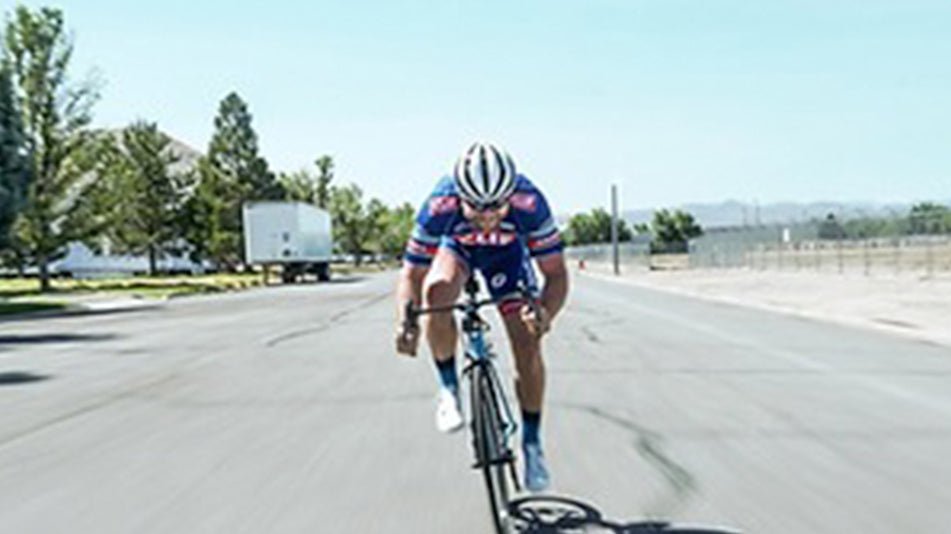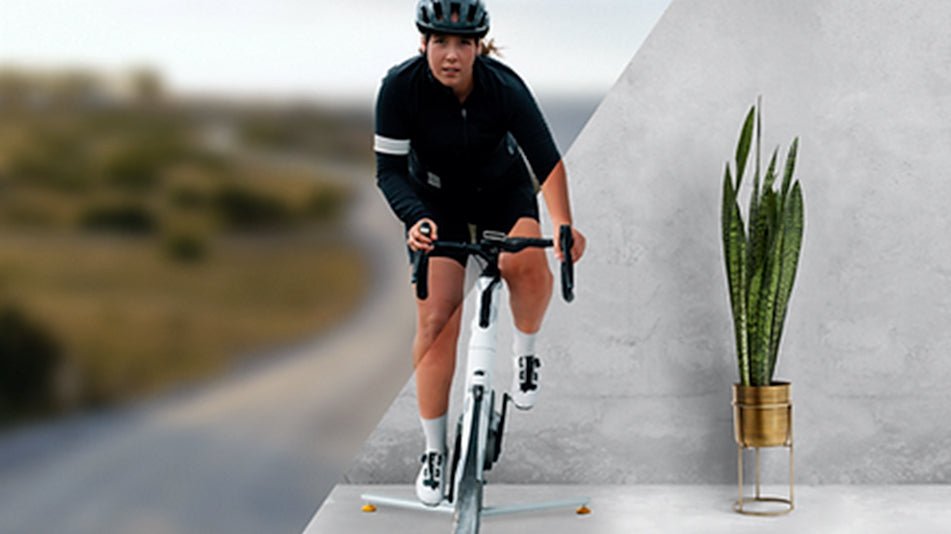Some of the things we do to re-engineer the feeling of cycling for stationary training indoors.
Static bikes and trainers don’t move like real bikes. That's why stationary setups without the ability to lean and steer feel inherently unnatural when compared to riding outdoors.
Balancing a bicycle is a highly dynamic process of constant coordination between the brain, the body, and the bike. Both lean and steer motions are used together to stabilise yourself when riding forward.

At Muoverti, we're on a mission to build the best indoor cycling experience, so we - the engineering group at Muoverti - set out to better understand the ‘feeling’ of cycling, and took to the Hillingdon racetrack to collect data.
From all of our research, it became clear that whilst many equations exist for how a bike works, there are almost none to describe the feeling of riding a bike. There's also very little to explain the motion of a bicycle when it has more than just a rider with a simple input state.
Consider for instance that in a sprint, you push the pedal down on the left side of a bike with leg muscles as well as your body weight. Your body then also leans left, but now you must push and pull the handlebars to lean the bike more to the right to balance and create larger lean angles.
Here is a great video from TrainerRoad on this.
We wanted to fully understand those and other elements of cycling dynamics to make better engineering decisions, so with the support of a vehicle dynamics team of experts, we built a test bike with measurement devices and sensors to capture all the major rider inputs in real-time.

The outcome is a set of data that allows all the inputs and outputs to be shown in relation to one another. For instance: what is the handlebar torque at a given pedal power, and how does that affect the roll angle of the bike? Is the amount of steering input different between riders?
We compared the cycling data from the racetrack with data from the TiltBikes to better understand how our design choices affect the feeling of cycling outdoors. As is often the case, a feeling can be subjective and sometimes hard to accurately express. This is especially true with a dynamic product where the body and the brain respond to multiple physics variables in real-time.

Without giving the game away, we have the knowledge of how each of the inputs and outputs is affected in time within a single pedal stroke, and have been able to apply it to the TiltBike design.
The way we each ride a bike is more different than you might think, and the way each individual moves and balances whilst riding has a huge effect.
The team has spent time analysing and testing all kinds of weird and clever modifications and ideas on the TiltBike to help us learn, and we’ve had a lot of fun in the process.

The result is a thorough set of data that helps us better understand how to engineer the feeling of cycling. This allows us to make the training experience on a TiltBike the closest it can be to riding a bike outside.
Wait, there's more! Stay tuned for Part II later this summer.


